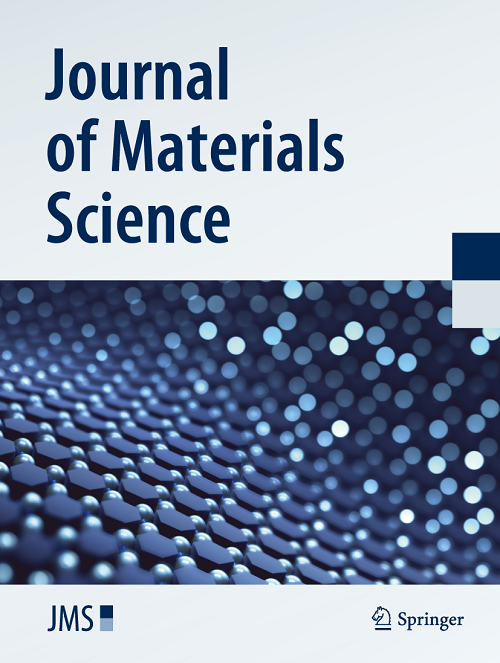Optimization of combined properties of aluminum matrix and interface in an aluminum/steel bimetal via low temperature aging
Abstract
The effects of varied aging treatments are investigated on microstructure and properties in a ZL702A/SUS304 steel bimetal. Si and Al2Cu precipitates are detected in aluminum matrix after peak aging at 80 °C, 120 °C, and 160 °C, all of which yield close hardness within 77 ~ 79 HV. Notably, 80 °C peak aging produces finer, denser, and more uniform precipitates, stemming from the better thermodynamic and kinetic precipitation conditions. A thin oxidation layer is generated at AlFe(Si) transition layer/steel matrix interface after solid solution treatment. The layer remains in thinness (< 1 μm) under 80 °C peak aging but seriously thickens under 120 °C (avg. 16.2 μm) and 160 °C (avg. 12.9 μm), ascribed to the varied diffusion and oxidation kinetics. This generates higher average shear strength of 38.2 MPa in former than that of 28.5 MPa in latter. Fractography indicate fracture under shear loading propagates at thin oxidation layer and occasionally to steel side in 80 °C low temperature bimetal, relieving the devastating fracturing completely through thick fragile oxidation layer in 120 °C and 160 °C peak-aged ones. This work highlights low temperature aging strategy for fine precipitation hardening in aluminum and meantime maintaining a good interfacial bonding of aluminum/steel bimetal.
Graphical abstract

 求助内容:
求助内容: 应助结果提醒方式:
应助结果提醒方式:


